This article was co-authored by Eric Christensen, DPT and by wikiHow staff writer, Hannah Madden. Eric Christensen is a Physical Therapist based in Chandler, Arizona. With over a decade of experience, Eric works in both orthopedic and neurological fields and specializes in custom orthotic prescription and casting, vestibular reprogramming, and manual therapy. He holds a Bachelor’s degree in Exercise Science with a focus in Sports Medicine from Colorado State University and a Doctor of Physical Therapy from Regis University. In practice, Eric takes a developmental approach to rehabilitation utilizing the Selective Functional Movement Assessment. He uses functional movement patterning and manual therapy to return patients to prior levels of function.
There are 11 references cited in this article, which can be found at the bottom of the page.
This article has been viewed 16,393 times.
The muscles of your groin are working in almost any position you sit or stand in. These muscles get a lot of use, and can be injured easily.[1] Groin tightness can be caused by many things, like sitting for long periods of time or even riding a horse.[2] You can stretch your groin muscles by standing, squatting, or sitting, to keep your groin muscles lengthened and feeling good while you go about your daily life.
Steps
Stretching While Standing
-
1Stand with your legs slightly wider apart than your shoulders. Your stance should be comfortable enough that you can hold it for a couple of minutes. You can stand on a floor or on a yoga mat if you need extra padding beneath you. Make sure that the ground underneath you is even.[3]
- You can buy a yoga mat at most outdoor or workout gear stores.
- If you don’t have a yoga mat, you can also use a blanket on a non-slippery surface, like a carpeted floor.
- Avoid wearing socks without shoes as you work out, because you might slip.
-
2Bend your left leg until your knee is angled over your foot. Lean with your left leg, keeping your left foot on the ground and your right leg straight and still. Stop leaning when your knee sits over your foot. You will feel the stretch in your right groin area. Hold the stretch for 30 seconds, then straighten both of your legs into a standing position again. Repeat the stretch 3 times on this side.[4]
- Reach your arms out in front of you to help you keep your balance if you need to.
Advertisement -
3Repeat the stretch on your right leg to stretch your left groin area. Lean with your right leg, keeping your left leg straight and still. This will stretch your left groin area. Hold this stretch for 30 seconds, and repeat it 3 times. Do this along with 1 to 2 other groin stretches.[5]
- Do this stretch every other day so you don’t strain your groin muscles.
Sitting to Stretch
-
1Sit on the floor in a butterfly position. Sitting flat on the floor or on a yoga mat, bring your heels together as close as you can to your body without causing discomfort and let your knees fall apart toward the ground. Bringing your feet in closer toward your body will give you more of a stretch in your groin. Keep your back straight and your posture upright. This will give you a better stretch.[6]
- Sitting on a yoga mat or blanket can be more comfortable than on the floor.
- It's a good idea to do this stretch with your back supported against a wall to stabilize yourself.[7]
-
2Hold your feet with your hands and rest your elbows on your knees. Leaning forward slightly, grab your heels with both hands and let your elbows rest on both of your knees. Make sure to keep your posture upright while leaning forward.[8]
- Hunching your posture might feel like a natural thing to do, but it won’t stretch your groin muscles as well.
-
3Gently apply pressure on your knees with your elbows. Slowly start to press down on your knees with your elbows. You should feel the stretch in both sides of your groin. Be careful not to press down too hard or too quickly, because you could injure yourself. Hold the stretch for 30 seconds.[9] [10]
- Don’t bounce your elbows or bring them down too fast. Always stretch slowly so you don’t hurt yourself.
- The stretch should be deep enough that can feel it deep in your groin, but not so deep that you can't breathe through it.[11]
-
4Repeat this stretch 3 times. Do this sitting stretch 3 times, taking a break in between each time. You will be able to push your knees further down toward the floor each time you do this stretch. Do this along with 1 to 2 other groin stretches.[12]
- You can do this stretch every other day.
Squatting to Stretch
-
1Stand with your legs slightly wider than your shoulders. Point your toes slightly outward and stand with your legs slightly wider than your shoulders on a surface that is comfortable and not slippery, like a carpeted floor or a yoga mat. This stance should feel comfortable. Don’t stand with your legs too wide, or you won’t be stretching the right muscles.[13]
-
2Squat down with both legs until your knees are over your toes. Keep your back straight and your posture upright. Slowly bend both of your legs until your knees are over your feet. Your legs will be at a 90 degree angle.[14]
- If you can’t get your knees over your toes, it probably means your stance is too wide. Move your feet closer together and try again.
- If you are having trouble figuring out where to hold your squat, you can put a chair behind you and squat/sit down onto it. After reaching the chair, you can move it out from beneath you while holding the position.
-
3Put your hands on your knees and push gently outward. Stay in your squat position and place your hands on both of you knees. Push your knees slowly outward toward the side. You will feel this stretch in both sides of your groin. Go slowly so that you don’t injure yourself. Hold the stretch for 30 seconds and repeat it 3 times, taking a break for 30 seconds in between each time. Do this along with 1 to 2 other groin stretches.[15]
- Squatting also strengthens your hamstrings and glutes as well as stretching your groin.
- You can do this stretch once a day.
Stretching in a Lunge
-
1Lunge forward with your right leg and put your left knee on the ground. Start in a lunge position with your right leg forward. Then, place your left knee onto the ground behind you, staying in the lunge position. Keep your right foot flat on the ground.[16]
- If you have bad knees, put a knee pad on your left knee to protect it.
- Yoga mats and blankets also offer padding and protection from the floor.
-
2Lean your torso forward with your hands on your right knee. Slowly move your torso closer to your right leg, keeping your back straight and your posture upright. You will feel this stretch in your left groin. Hold this stretch for 30 seconds.[17]
- Squeeze your glutes for an added stretch in this position.
-
3Repeat the stretch with your left leg forward. Move to a lunge position with your left leg forward and your right knee on the ground. Lean your torso forward to feel a stretch in your right groin. Hold the stretch for 30 seconds at a time and repeat it 3 times on each side. Do this along with 1 to 2 other groin stretches.[18]
- You can do this stretch once per week.
-
4Try a full kneeling stretch as an alternative. Kneel down on your hands and knees, and spread your knees apart as wide as you can. Then, sit your hips back toward your heels to stretch your groin.[19]
Expert Q&A
-
QuestionHow should you foam roll your groin?
 Eric Christensen, DPTEric Christensen is a Physical Therapist based in Chandler, Arizona. With over a decade of experience, Eric works in both orthopedic and neurological fields and specializes in custom orthotic prescription and casting, vestibular reprogramming, and manual therapy. He holds a Bachelor’s degree in Exercise Science with a focus in Sports Medicine from Colorado State University and a Doctor of Physical Therapy from Regis University. In practice, Eric takes a developmental approach to rehabilitation utilizing the Selective Functional Movement Assessment. He uses functional movement patterning and manual therapy to return patients to prior levels of function.
Eric Christensen, DPTEric Christensen is a Physical Therapist based in Chandler, Arizona. With over a decade of experience, Eric works in both orthopedic and neurological fields and specializes in custom orthotic prescription and casting, vestibular reprogramming, and manual therapy. He holds a Bachelor’s degree in Exercise Science with a focus in Sports Medicine from Colorado State University and a Doctor of Physical Therapy from Regis University. In practice, Eric takes a developmental approach to rehabilitation utilizing the Selective Functional Movement Assessment. He uses functional movement patterning and manual therapy to return patients to prior levels of function.
Physical Therapist Lie on your stomach with the leg in question in a crawl-type position. Then, slide the foam roller underneath that inner thigh/groin region and rock yourself back and forth. This should help self-massage the area!
Lie on your stomach with the leg in question in a crawl-type position. Then, slide the foam roller underneath that inner thigh/groin region and rock yourself back and forth. This should help self-massage the area! -
QuestionHow do you stretch the inner thigh of your groin?
 Eric Christensen, DPTEric Christensen is a Physical Therapist based in Chandler, Arizona. With over a decade of experience, Eric works in both orthopedic and neurological fields and specializes in custom orthotic prescription and casting, vestibular reprogramming, and manual therapy. He holds a Bachelor’s degree in Exercise Science with a focus in Sports Medicine from Colorado State University and a Doctor of Physical Therapy from Regis University. In practice, Eric takes a developmental approach to rehabilitation utilizing the Selective Functional Movement Assessment. He uses functional movement patterning and manual therapy to return patients to prior levels of function.
Eric Christensen, DPTEric Christensen is a Physical Therapist based in Chandler, Arizona. With over a decade of experience, Eric works in both orthopedic and neurological fields and specializes in custom orthotic prescription and casting, vestibular reprogramming, and manual therapy. He holds a Bachelor’s degree in Exercise Science with a focus in Sports Medicine from Colorado State University and a Doctor of Physical Therapy from Regis University. In practice, Eric takes a developmental approach to rehabilitation utilizing the Selective Functional Movement Assessment. He uses functional movement patterning and manual therapy to return patients to prior levels of function.
Physical Therapist Lower yourself down onto your hands and knees, separating your knees as wide as you can. Then, keep your back flat and sit your hips back toward your heels.
Lower yourself down onto your hands and knees, separating your knees as wide as you can. Then, keep your back flat and sit your hips back toward your heels.
Warnings
- Always stretch slowly and gently to avoid injuring yourself.⧼thumbs_response⧽
References
- ↑ https://www.physio-pedia.com/Groin_Strain
- ↑ https://stanfordhealthcare.org/medical-conditions/bones-joints-and-muscles/femoroacetabular-impingement/symptoms.html
- ↑ https://www.youtube.com/watch?v=ANue9qDFg90
- ↑ https://www.youtube.com/watch?v=ANue9qDFg90
- ↑ https://www.youtube.com/watch?v=ANue9qDFg90
- ↑ https://www.youtube.com/watch?v=lHi-sk7ic8Y&feature=youtu.be&t=96
- ↑ Eric Christensen, DPT. Physical Therapist. Expert Interview. 29 June 2021.
- ↑ http://www.stretching-exercises-guide.com/adductor-stretches.html
- ↑ Eric Christensen, DPT. Physical Therapist. Expert Interview. 29 June 2021.
- ↑ http://www.stretching-exercises-guide.com/adductor-stretches.html
- ↑ Eric Christensen, DPT. Physical Therapist. Expert Interview. 29 June 2021.
- ↑ http://www.stretching-exercises-guide.com/adductor-stretches.html
- ↑ https://www.youtube.com/watch?v=g70Jq2NjQwY&feature=youtu.be&t=230
- ↑ https://www.youtube.com/watch?v=YANA2VJeJRY&feature=youtu.be&t=369
- ↑ https://www.youtube.com/watch?v=YANA2VJeJRY&feature=youtu.be&t=384
- ↑ https://www.youtube.com/watch?v=l3caDsbWMxw&feature=youtu.be&t=232
- ↑ https://www.arthritis.org/health-wellness/healthy-living/physical-activity/success-strategies/lower-body-stretches
- ↑ https://www.arthritis.org/health-wellness/healthy-living/physical-activity/success-strategies/lower-body-stretches
- ↑ Eric Christensen, DPT. Physical Therapist. Expert Interview. 29 June 2021.
- ↑ Eric Christensen, DPT. Physical Therapist. Expert Interview. 29 June 2021.

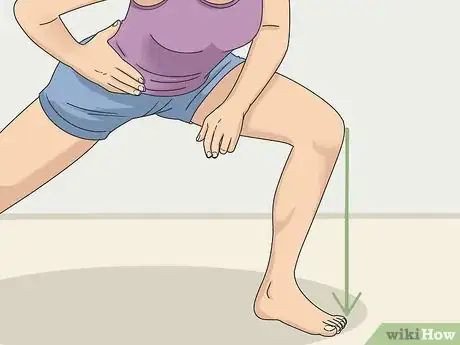
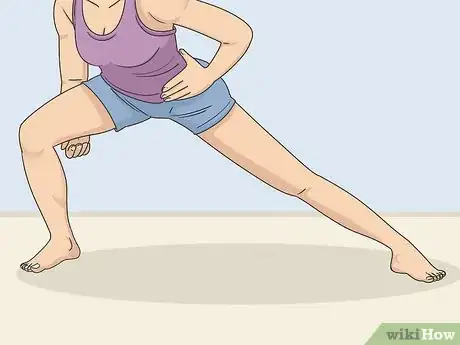
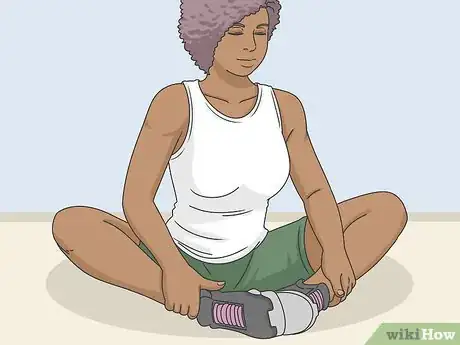


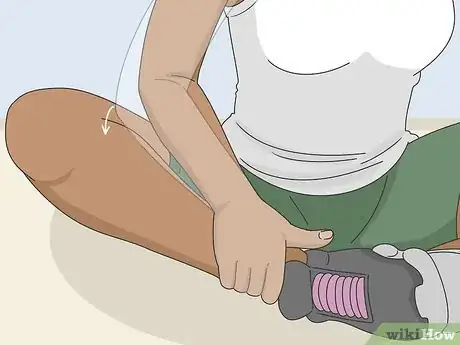


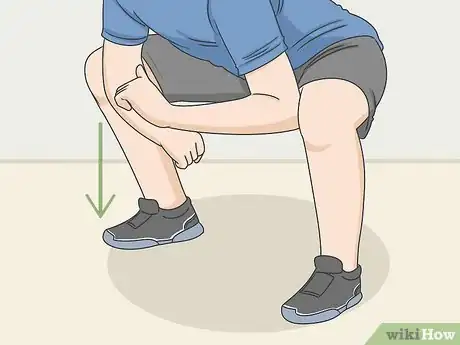
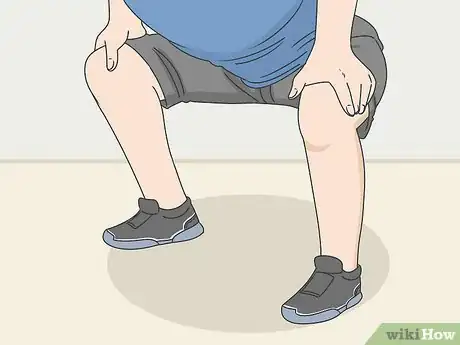
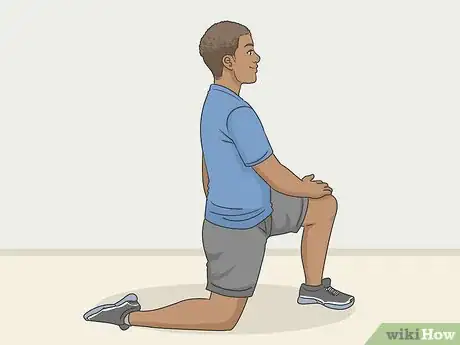
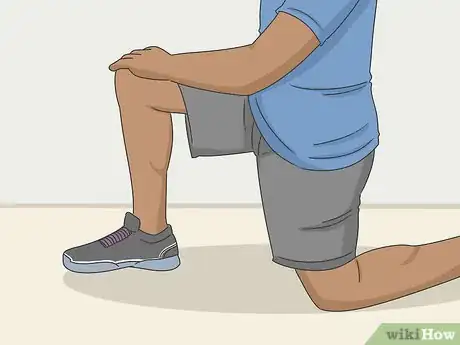
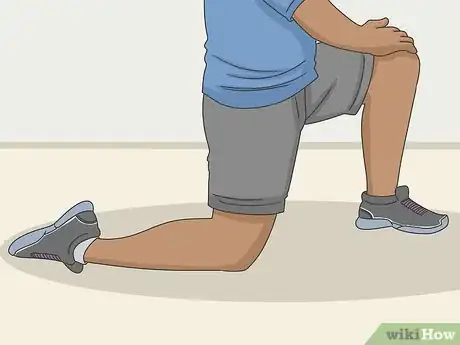
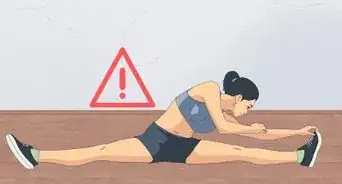
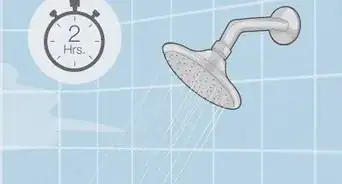
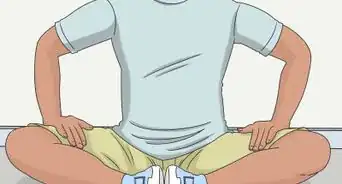
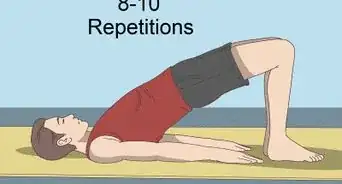
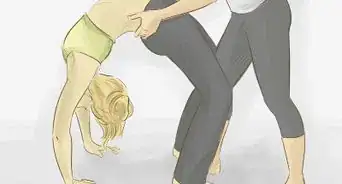
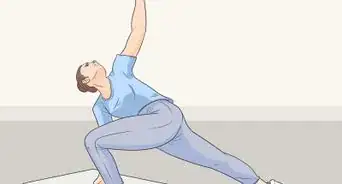
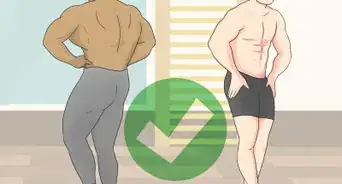
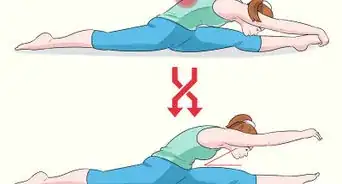
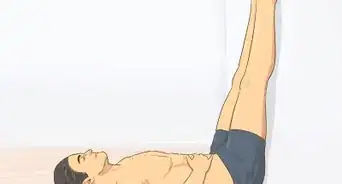








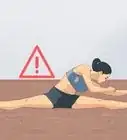
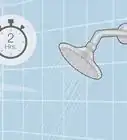
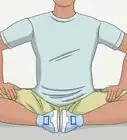



































Medical Disclaimer
The content of this article is not intended to be a substitute for professional medical advice, examination, diagnosis, or treatment. You should always contact your doctor or other qualified healthcare professional before starting, changing, or stopping any kind of health treatment.
Read More...